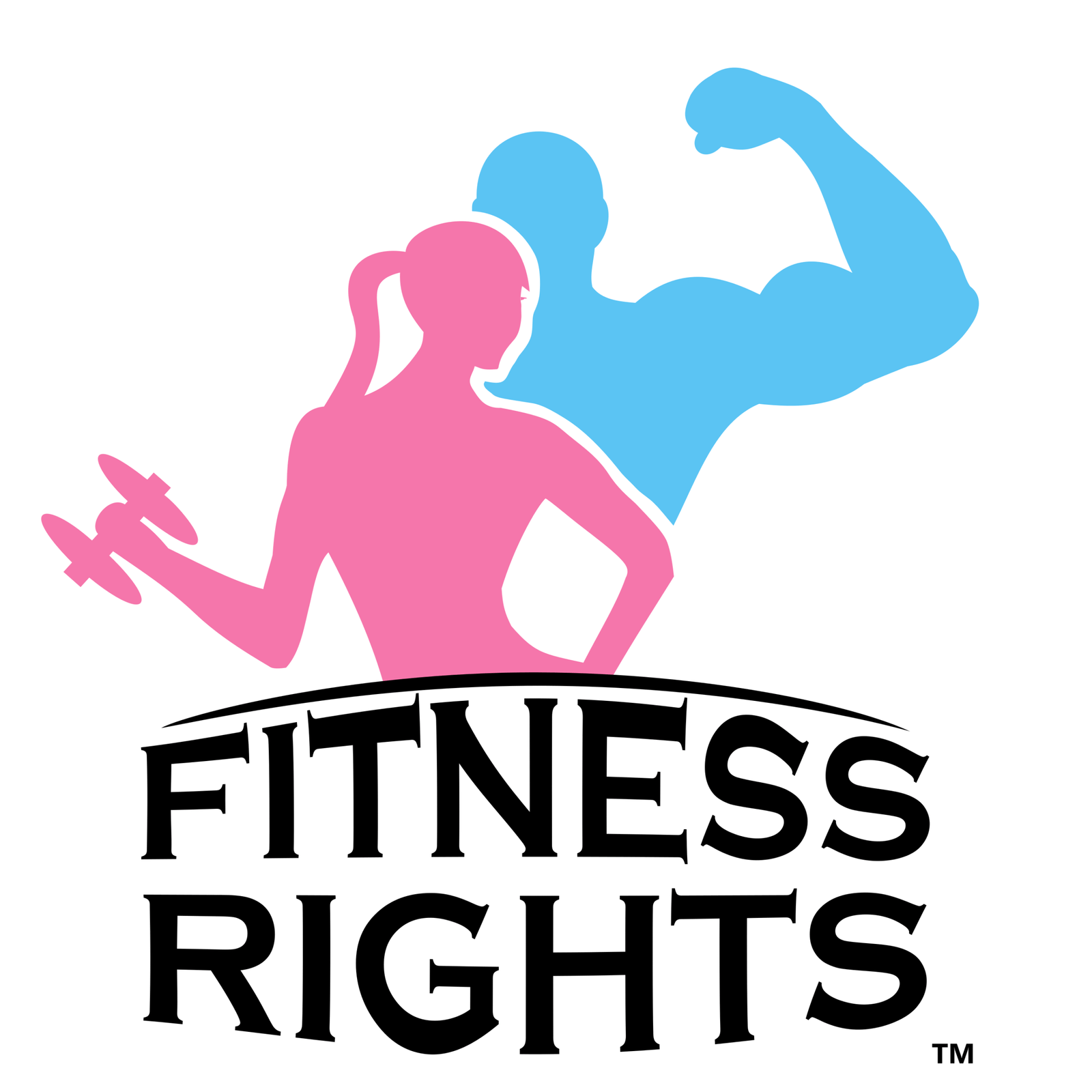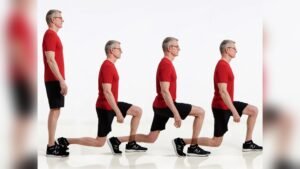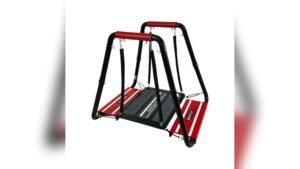Indeed, leg press-like squats is a popular exercise that targets the quadriceps, hamstrings, and glutes. However, there is debate about whether it is bad for your knees (for seniors). If we search the query“Is leg press good for the bad knee?” on the National Library of Medicine, we find detailed information about it. Where it states, there is some debate about whether it is bad for your knees!
According to Healthline, when used properly, the leg press is safe for your knees and may help prevent further knee injuries! However, the leg press machine’s mechanical design is detrimental to your body. The reason is- as it restricts natural muscle and joint movement, leading to significant strain on your knees and lower back at the same time.
Everybody confesses that all strength exercise comes with a risk of injury! Engaging in the leg press exercise involves lifting heavier weights than usual, which increases the risk of muscle strains, pulls, and joint injuries. Unfortunately, the leg press is not exempt from these potential risks.
Anyhow, the simple quote is to remind us- “You should use proper form and avoid locking your knees when extending your legs.”Initially, you shouldn’t press too much weight.
The impact of the leg press exercise on the knees depends on several factors, including proper technique, individual biomechanics, individual existing knee conditions, the load used during the exercise & many others. Let’s delve into the topic in more detail here!
- Technique: Executing the leg press exercise with incorrect form or excessive strain can place unnecessary stress on the knees. If you do so, then mitigate this risk now. It is crucial to maintain proper alignment throughout the movement. Ensure that the knees are not collapsing inward or outward, as this can create imbalances and increase the strain on the knee joint.
- Individual Biomechanics: Everyone has unique body mechanics, and the way an individual’s body is structured can influence how their knees respond to the leg press. These factors include limb length, joint mobility, and muscle imbalances. Therefore, previous injuries can affect how the knees handle the exercise at the same time. It is essential to be aware of your own body’s limitations and try to adapt the leg press accordingly.
- Existing Knee Conditions: If you already have a pre-existing knee condition history such as osteoarthritis or patellofemoral pain syndrome, in that case, the leg press exercise might aggravate the symptoms or discomfort. In such cases, it is advisable to consult with a healthcare professional or physical therapist who can provide personalized guidance on exercise modifications or alternative exercises that are better suited for your condition.
- Load Selection: The amount of weight load you choose for the leg press exercise can impact the stress on your knees. In fact, it is vital. Using excessively heavy weights can potentially place too much strain on the knee joint and surrounding structures. Mind it- it is crucial to start with an appropriate weight that allows you to maintain good form throughout the exercise. Gradually increase the load as your strength and technique improve.
- Supplementary Exercises: Incorporating a well-rounded lower body strength training program amazingly reduces strain for your bad knees. These exercises include targeting other muscle groups, such as squats, lunges, and hamstring exercises, which can help distribute the workload more evenly and reduce the strain on the knees simultaneously.
- Warm-up and Mobility: Before starting any lower body exercise, it is crucial to ensure a proper warm-up and incorporate dynamic stretches. This helps enhance blood circulation to the muscles and boosts joint flexibility, laying the foundation for an effective workout. This preparation can reduce the risk of knee discomfort or injury during the leg press.
- Listen to Your Body: Pay attention to any pain or discomfort in your knees during or after performing the leg press exercise. If you experience persistent pain, swelling, or any other concerning symptoms, you should immediately stop the leg press exercise & consult with a healthcare professional or a qualified fitness trainer. He/she can assess your situation and provide appropriate recommendations.
In summary, like other calorie-burning exercises, the leg press exercise itself is not bad for the knees. However, the risk of knee issues is a matter if proper technique is not followed, individual biomechanics are not considered, existing knee conditions are present, or excessive loads are used. By focusing on good form, listening to your body, and seeking professional guidance when needed, you can minimize the potential risks and optimize the benefits of the leg press exercise.
Pic credit: Getty-images(Juan Algar)







